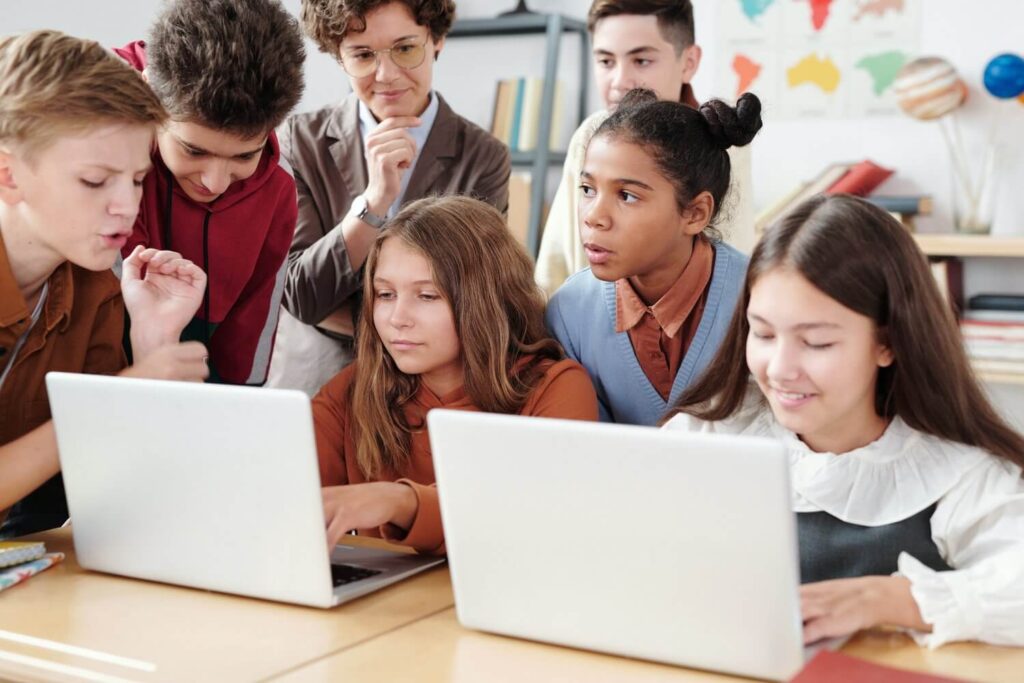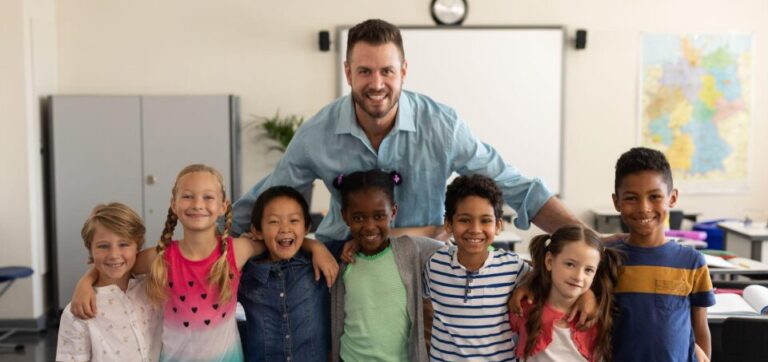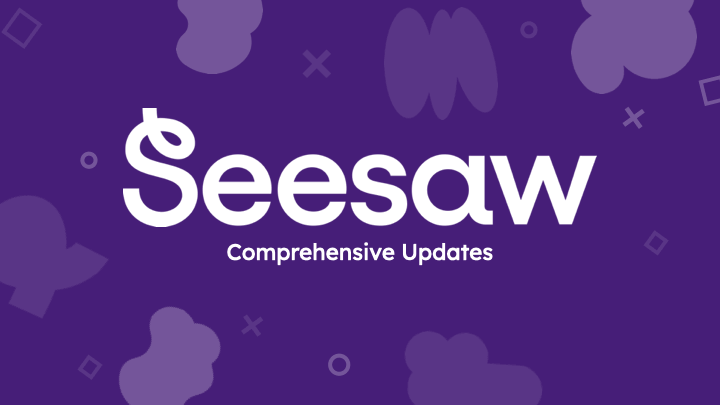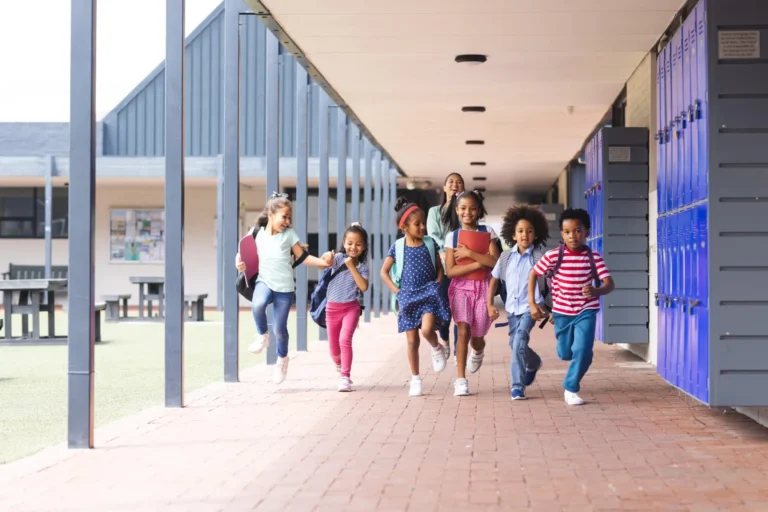Our recent Learn with the Expert session featured Kris Szajner, current partnership manager for Seesaw Learning and former kindergarten teacher and technology integrationist.
In the summer months, educators and parents grow increasingly concerned about keeping their students safe online. Because of this, Seesaw has developed a Digital Leadership Curriculum. It gives students access to Seesaw Library that teaches them what it takes to be safe, balance screen time, and be responsible while using the internet.
In this Learn with the Expert webinar, Kris Szajner explores one of Seesaw’s newest collections, Bean Goes on the Internet, as a way to dive into how both parents and educators can teach students how to be good digital citizens—a skill that is growing more crucial in today’s digital world. Devices have come into the classroom and with this great opportunity to learn and expand students’ young minds, comes a large amount of responsibility for educators and parents. We need to ensure our students know how to act responsibly and respectfully in this new, and often uncharted, territory to make sure they are staying safe. One great way to do this? Teach students to be safe online within a platform that they already know and love: Seesaw!
WHAT IS SEESAW?
Seesaw Library is a school or district subscription to high-quality learning experiences that are ready to assign directly within the Seesaw platform. In this webinar, viewers have access to five free lessons that give instructors a taste of this content and how the curriculum can be built with and around them.
HOW IS THE SEESAW LIBRARY DESIGNED?
Seesaw Library is a great way to keep students safe online while allowing them to explore and learn independently. K-5 students are able to navigate and thrive in today’s digital world with Seesaw’s five computer science collections. Through this platform, students engage with real-world computer science concepts through hands-on and digital activities. These lessons facilitate teachers to teach computer science concepts with confidence and a sense of joy without having to become an expert. It’s the best of both worlds!
PURPOSEFUL LEARNING
As Szajner mentions, Bean Goes on the Internet is a kindergarten through 2nd-grade collection that consists of 14 lessons that cover topics such as internet safety, screen time, media literacy, digital footprint, and cyberbullying. This collection is broken down into purposeful learning blocks to ensure students will stay invested and interested in the content while also having the opportunity to reflect on what they’ve learned. Teachers and parents are also able to break these lessons down into full class instructor, guided practice, or individual learning based on their intended approach.
This design reinforces concepts—asking students to recall information quicker and for longer periods of time. We have found that learning digital skills can be difficult for young learners which is why we have made these lessons tangible and more interactive. This results in fun games where students can safely learn.
REAL WORLD CHOICES
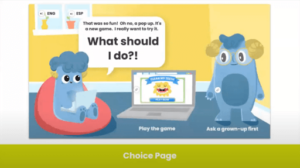
This lesson’s design encourages students to apply their learning and in turn, deepen their understanding. By using examples that are relevant and relatable to students, they’re able to apply them to their perspective of the real world.
FLEXIBLE DELIVERY
There are many different ways to teach digital citizenship—which is why these lessons were designed to be impactful in any setting. The learning chunks are able to be taught from anyone, anywhere, and can be assigned to students in a variety of ways, in order to best fit into their learning needs. This curriculum also doesn’t hinge on students remembering previous lessons—which doubles as an opportunity for content to be retaught and reinforced in the student’s mind.
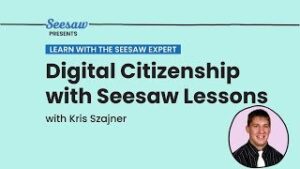
Learn with the Expert: Digital Citizenship with Seesaw Lessons
Szajner discusses how parents and educators can teach students to be responsible digital citizens!
Watch the recording & Enroll in Seesaw Library Learning Pathway
